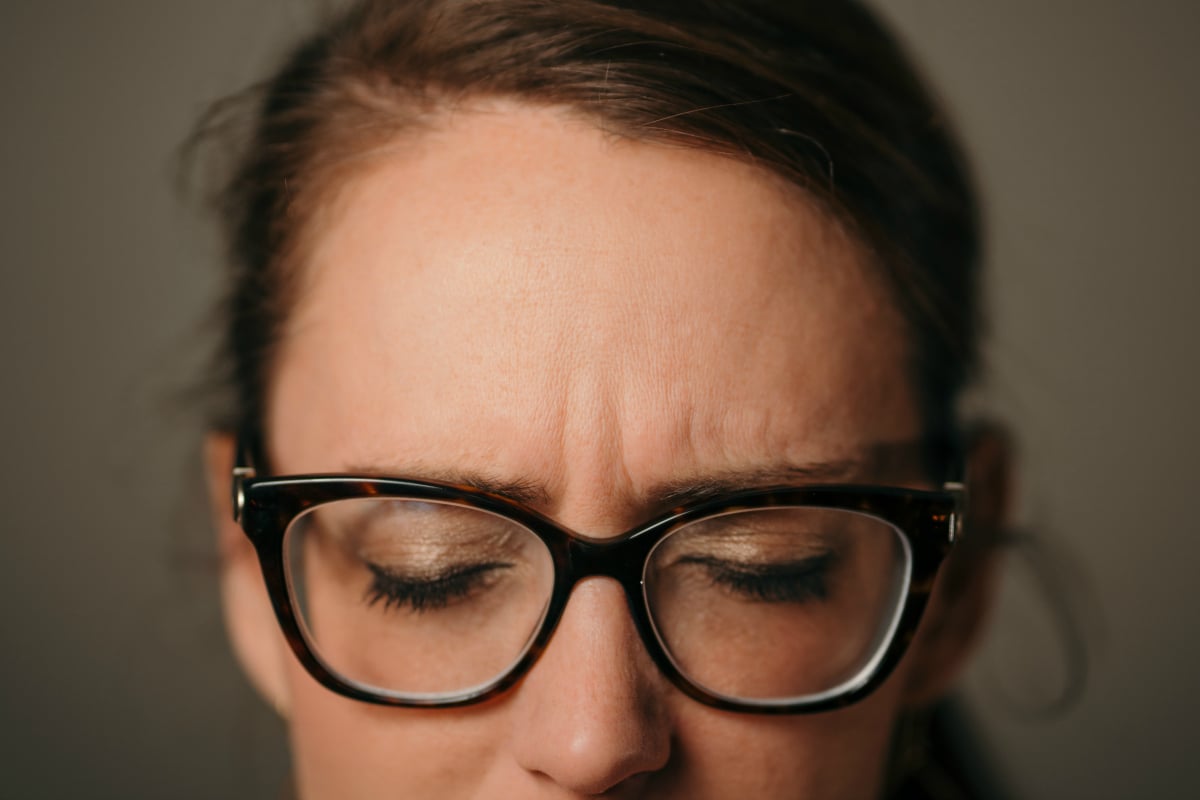
We all know someone affected by anxiety, whether we realise it or not. It could be you, a family member, a friend, a colleague.
That’s because anxiety is the most prevalent mental health condition experienced by Australians. Around 17 percent aged 16 to 85 have experienced it or a related disorder in the past year, and one in three women and one in five men will develop an anxiety condition at some point in their life.
Yet despite the prevalence of anxiety, there are still misconceptions about what it is and how to manage it. As a mental health professional, I am on a mission to dissolve these common myths, and to create more awareness and understanding about strategies to tackle anxiety head on.
Here is the truth behind ten of the most common misconceptions about anxiety:
Misconception 1. Anxiety is a sign of personal weakness.
Anxiety affects people of all ages and walks of life. It does not discriminate and is not a sign of weakness. This perception must change, as it makes people who are dealing with anxiety less likely to seek support. When people with anxiety do seek professional help from Clinical Psychologists and other therapists using scientifically supported techniques, we see amazing results.
Misconception 2. Stress and anxiety are the same thing.
While stress can act as a trigger for anxiety, it is not the same thing as anxiety. Stress is caused by day-to-day stressors such as an exam or losing a job and is usually a short-term problem. Anxiety is a feeling that persists even after the stressor is gone or a threat is mediated. With anxiety, you could find yourself becoming distressed or frightened for no apparent reason. Anxiety can become disabling to the point that irrational fears can take over our body in the form of a panic attack and result in feeling trapped. It can cause significant impairment to social, occupational and other areas of functioning.




























































































